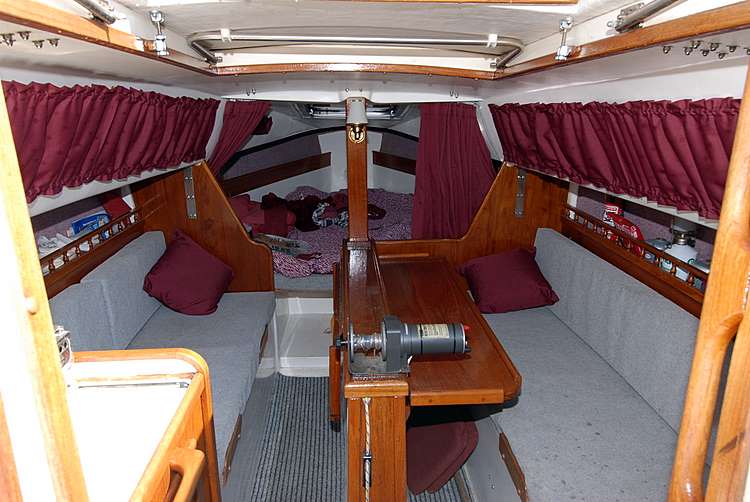| SJ23 Tech Tip H12, (Created 2010-01-03) Bo Zacharchuk. | |
|
Windward 7 (Australian Version of the SJ23) - |
|
|
In this article we look at Bo's Windward 7 equipped with a swing keel manufactured in Australia. What is also revealed in this article is some history of the Windward 7 as researched by Bo Zacharchuk.
We are a cruising family and very recently upgraded our older 20’ trailer boat for a larger 23’ Windward 7, which my research has linked back to the SJ23. We do most of our sailing on the Gippsland Lakes which is an inland salt water lake system about 3.5 hours east of Melbourne. This is our trailer sailing Mecca where we sail our 1992 Windward 7 “Esprit,” sail no. 703 as a family cruiser, sometimes for a week at a time. The Winward 7 is the most recent Australian version of the SJ23. I see that you have referenced another Windward 7, "Chardonnay", on your site, with an internal layout that seems identical to the SJ23 and her sails have the SJ23 class insignia. This is not the final evolution of the Windward 7. I’m not sure whether Chardonnay was imported from the US or whether it was manufactured locally. My understanding is that the mold arrived in New South Wales (NSW), Australia where the first boats were produced at a place called Coffs Harbour. They were known as AB23’s. As you know, the Australian version has a swing keel instead of the shoal draft keel. This means a Windward 7 draws only 12” with the keel up which makes it great for pulling in to a beach, stern first, when we stop overnight while cruising. The mold later made
its way to Melbourne where I live and my understanding is that
only 8 boats were built as Windward 7’s, mine being hull #3 with sail no. 703.
Not sure if I’m correct but one of the design changes I can see over
earlier SJ23’s I’ve seen on the Internet, is that our boat has a pop top which
gives that extra bit of head room when open.
The forward cabin layout of the Windward 7 is the mirror image of the SJ23 MKI; i.e. head is to starboard and V-berth access is to port. The galley is to port of the companionway with a “coffin” quarter berth to starboard. Like Panache she has a clear companion way ladder (no galley bench to step over). The starboard saloon berth has a length of plywood that lives behind the backrest when not in use. It fits between the folded table and settee making a very comfortable “single king” or ”mini double” berth. This is OK for two small adults or great for two kids. I really like the ideal place to store the boom, resting on the starboard settee and bulkhead.
These are the photo’s of when we recently cruised with the kids and those posted when we bought Esprit. The photo’s of Escapade below are of a sister yacht. I am hoping to meet the owner next time we are down on the lake. I’ve also attached the PDF of the original brochure and press release. You’ll note that all specs are metric, which as a Canadian, should make sense to you! Note the difference in displacement and ballast compared with the Windward 7... mine is one heavy boat, about 1600kg (3,520 lb) + motor + gear, but boy is she stiff in the water! Handles the chop and wake from the stink boats really well.
|
|
|
The Melbourne based manufacturer, RMK Marine, acquired the molds in the late ‘80’s or early 90’s and built a total of 8 boats. I believe most of which were fitted out with a “luxury” interior including heaps of teak trim, Barlow 15 winches for halyards and Barlow 16 for primary winches for and a Mariner 9.9HP 2 stroke. The previous owner upgraded ours to a 10HP Honda 4 stroke which although heavier is much quieter and heaps more fuel efficient. On our last cruise we used less than half the fuel than my old Mercury 9.9HP 2 stroke pushing our much heavier old 20’ boat. RMK Marine is still in business but now builds large “Oceanic” brand cruising catamarans. They were nice enough to give me this background info. Note the different features from the North American version: pop top, entry to forward berth on port, motorized lift board and hand holds for companionway access.
Hope this helps the archive!" Bo & Melinda Zacharchuk |
|
|
Return to Tech Tip Index... . . . . . . . . . . . . . Have a Question? |
|
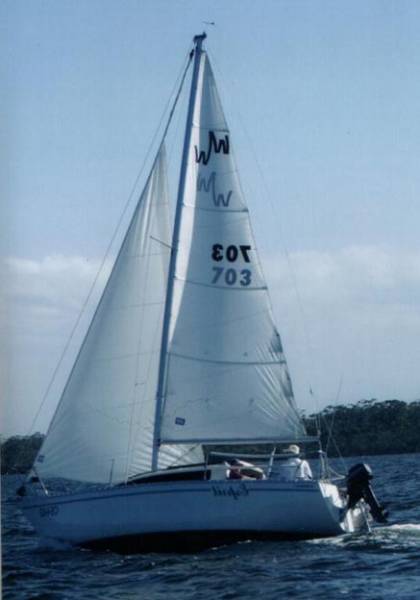 WINDWARD 7, ESPRIT
-
WINDWARD 7, ESPRIT
- 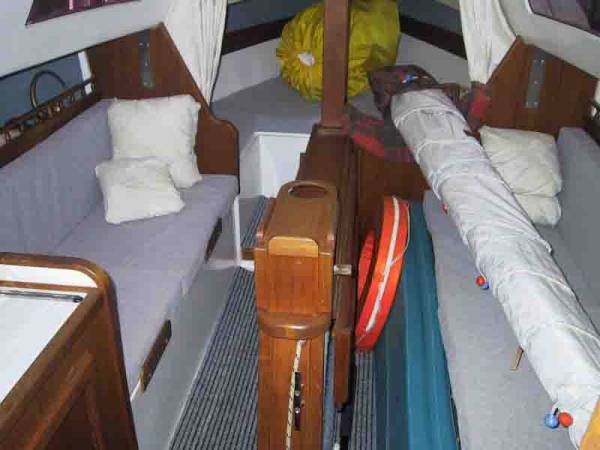
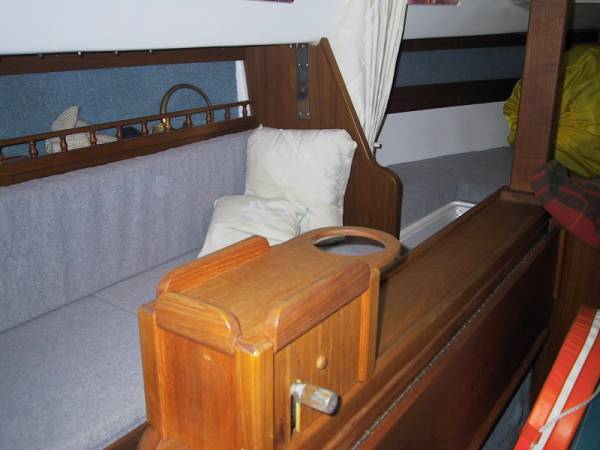
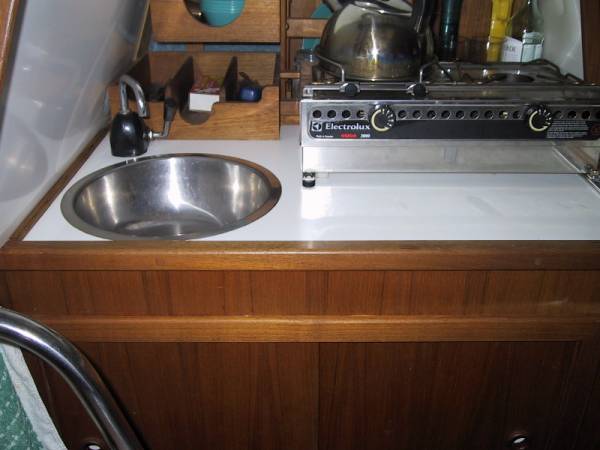
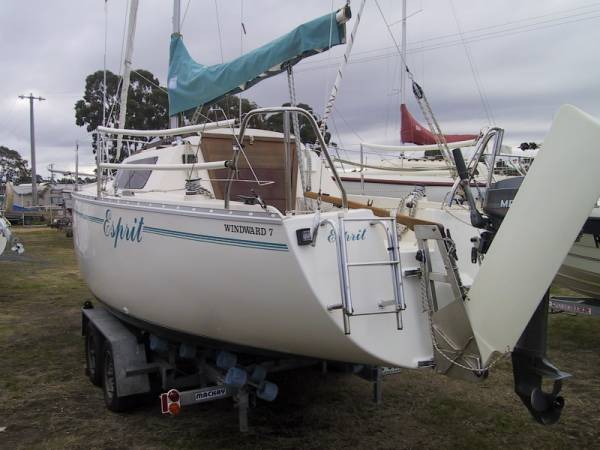
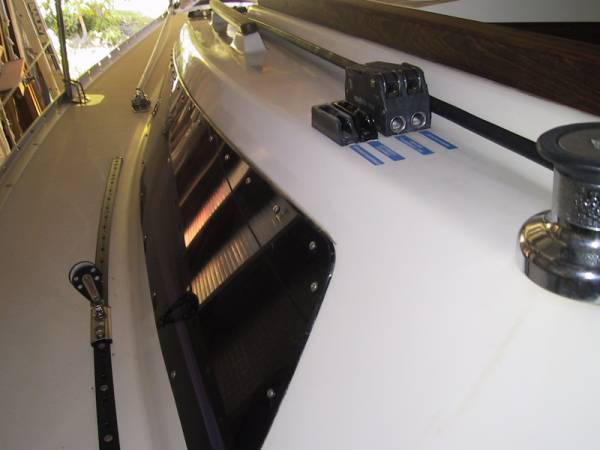
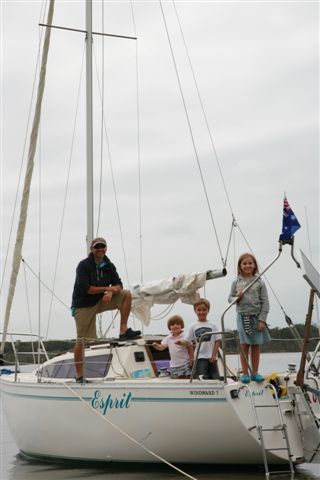
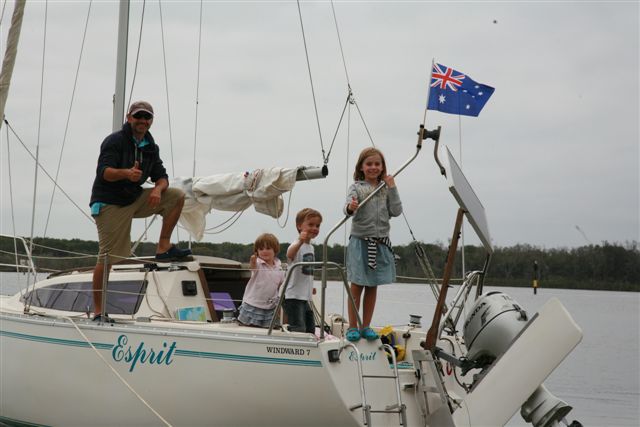
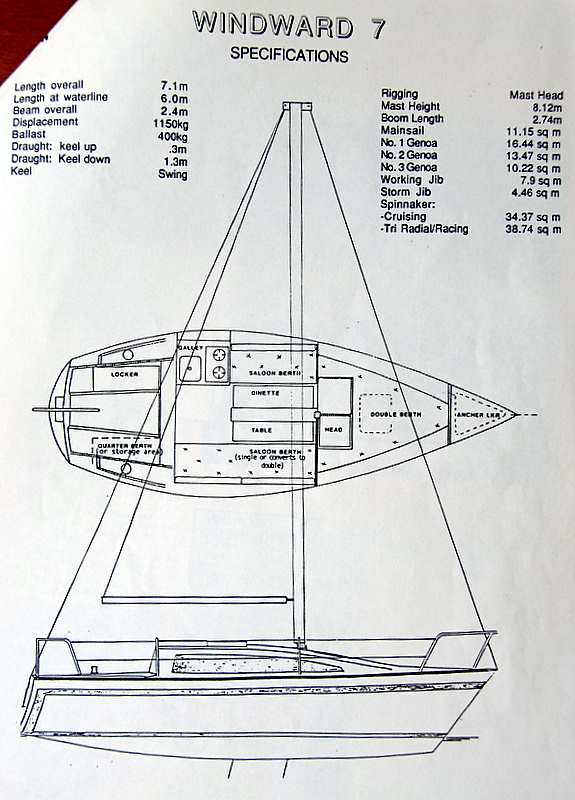
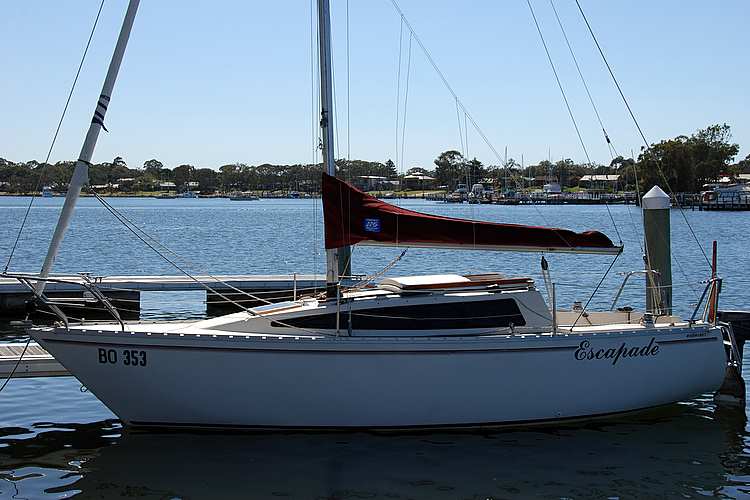 AB23, Escapade - The o
AB23, Escapade - The o